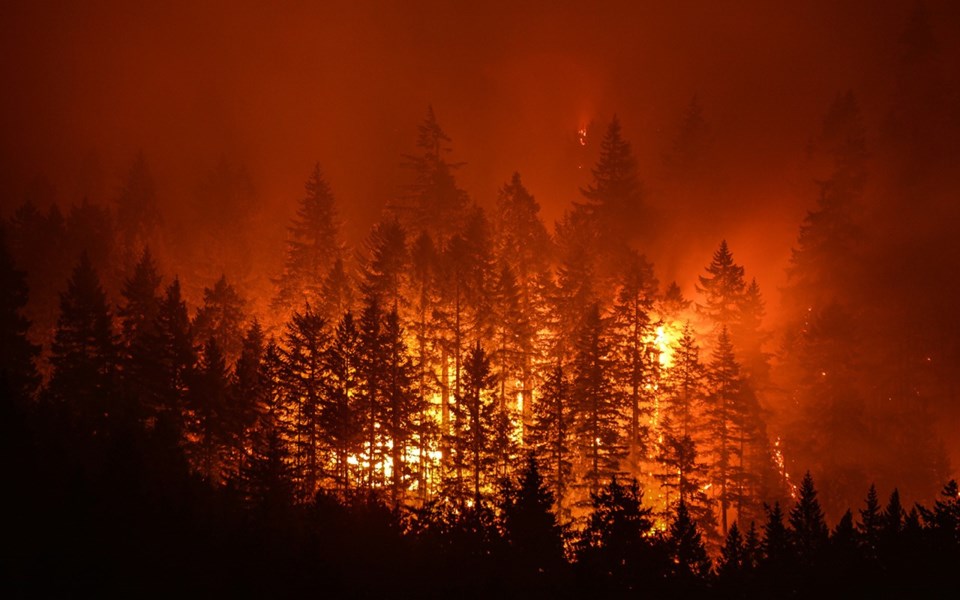TRUCKEE, Calif.—From California to Colorado, people are already talking about fire season even as snowbanks still tower over roads.
"It's hard for people to imagine that there will be a wildfire this summer," said Bill Seline, chief of the Truckee Fire Protection District at a recent meeting.
At the meeting covered by the Sierra Sun, he advised people to start thinking about defensible space around homes, including taking fire away from the home, pruning branches up to two metres from the ground, and keeping roofs and gutters clear of debris.
In Oregon, new state rules governing how much smoke from prescribed burns can enter nearby communities have been adopted, and fire managers welcome them as they plan prescribed burns.
"Having no fire is not an option here," Deschutes County Forester Ed Keith told the Bend Bulletin.
Bend, the city nearest to the Mt. Bachelor ski area, lies along the Deschutes River, and smoke from prescribed burns tends to hang there at night before dissipating in the heat of day. The rules specifically give forest managers flexibility in setting fires near Bend, but are not expected to increase the acreage burned.
In Colorado, a movement has been building for much of the 21st century to allow land managers to manipulate forested ecosystems. But there's also the question of appropriating money to do the work.
The Denver Post reported that a near-record 524,282 acres burned last year, five times the average. Rising temperatures have at least something to do with the increase in wildfires. The warmest temperatures were recorded in 124 years.
A new report from state and federal foresters concluded that tree-thinning designed to mimic the effects of wildfires saved subdivisions threatened by fires last summer at Silverthorne, Grand Lake, and La Veta. But this selective thinning costs US$1,500 to US$3,000 an acre.
Also at issue is expanding home building within forested areas. The so-called wildland-urban interface, also called the red zone, has increased in area 50 per cent since 2012, the report said.
Colorado legislators have balked at dictating where homebuilding can occur, leaving that largely to local governments to decide.




